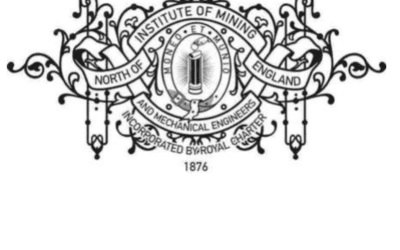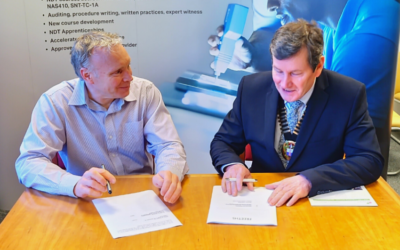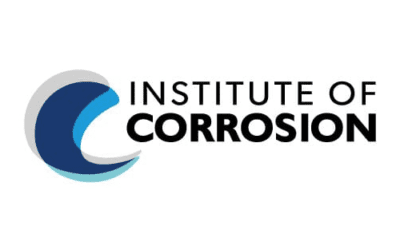Aarhus University, Denmark, has announced that researchers from its Department of Engineering’s ICELab are developing a new, intelligent and self-powered sensor to monitor rust found on steel reinforcement within concrete infrastructures.
The project is being conducted in collaboration with IdemoLab, at the technological service company FORCE Technology, Brøndby, Denmark, and is being funded by Innovation Fund Denmark.
According to Aarhus University the current corrosion sensors used for rust monitoring are “indicative” and “energy-demanding” in addition to being dated, error-prone, and costing up to roughly $5,500 per measuring point. In an effort to update the aging technology, Associate Professor Farshad Moradi from the University’s Department of Engineering has established project DIGIMON, which aims to develop smart, self-powered patches for updated corrosion monitoring.
The aim of this project is to develop a plaster sensor which is placed on the reinforcement and moulded into the concrete construction. The sensor and interfacing electronics will be powered by means of energy-harvesting technologies to ensure continuous monitoring of the condition of the steel.
Moradi further explained how the plaster sensors will work, describing that once developed, the sensors would use ultrasonic waves generated locally in the self-powered sensor inside the concrete to monitor the corrosion. Once information is collected from the developed plaster sensors, it would be sent to a central computer to be processed.




